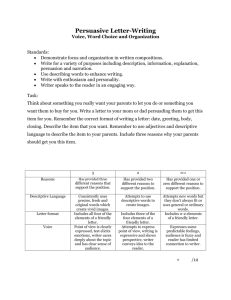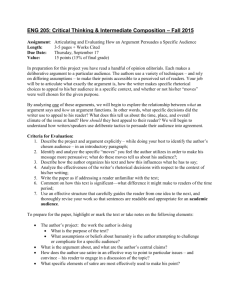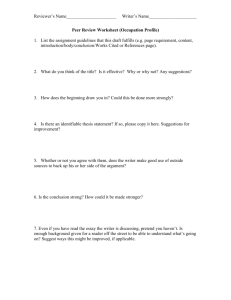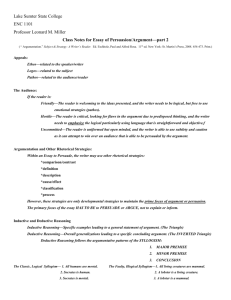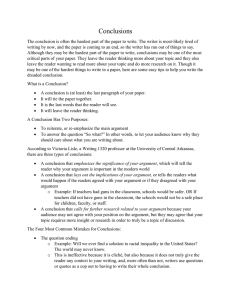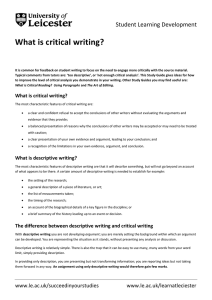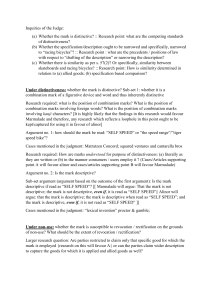Document 10602100
advertisement
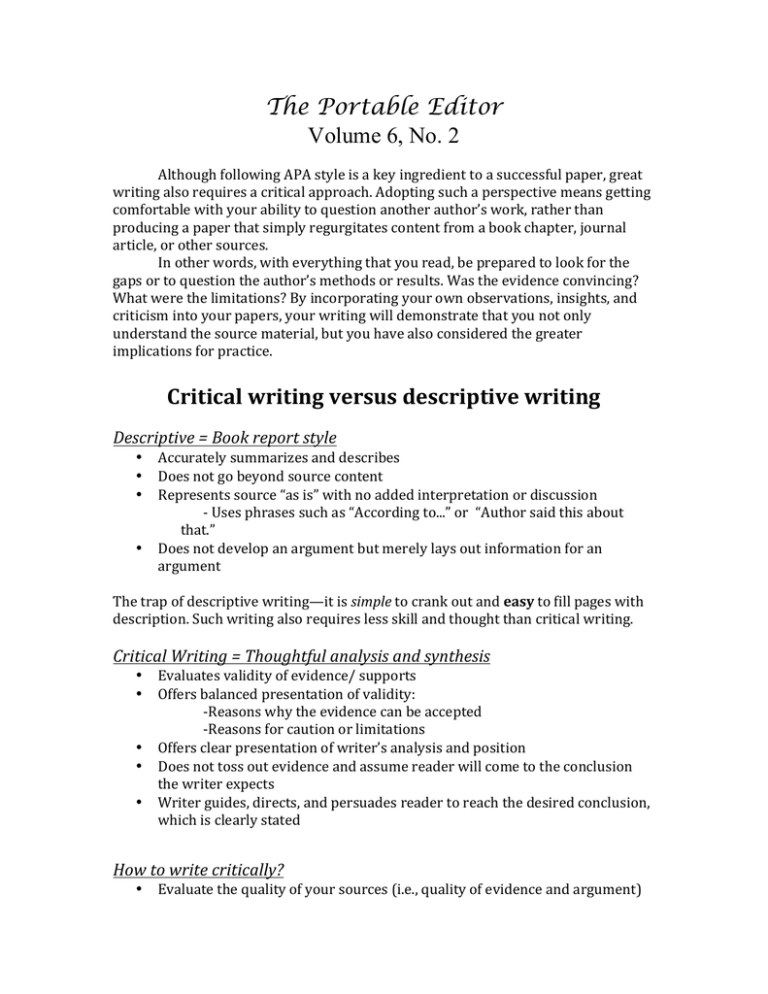
The Portable Editor Volume 6, No. 2 Although following APA style is a key ingredient to a successful paper, great writing also requires a critical approach. Adopting such a perspective means getting comfortable with your ability to question another author’s work, rather than producing a paper that simply regurgitates content from a book chapter, journal article, or other sources. In other words, with everything that you read, be prepared to look for the gaps or to question the author’s methods or results. Was the evidence convincing? What were the limitations? By incorporating your own observations, insights, and criticism into your papers, your writing will demonstrate that you not only understand the source material, but you have also considered the greater implications for practice. Critical writing versus descriptive writing Descriptive = Book report style Accurately summarizes and describes Does not go beyond source content Represents source “as is” with no added interpretation or discussion -­‐ Uses phrases such as “According to...” or “Author said this about that.” • Does not develop an argument but merely lays out information for an argument The trap of descriptive writing—it is simple to crank out and easy to fill pages with description. Such writing also requires less skill and thought than critical writing. • • • Critical Writing = Thoughtful analysis and synthesis • • • • • Evaluates validity of evidence/ supports Offers balanced presentation of validity: -­‐Reasons why the evidence can be accepted -­‐Reasons for caution or limitations Offers clear presentation of writer’s analysis and position Does not toss out evidence and assume reader will come to the conclusion the writer expects Writer guides, directs, and persuades reader to reach the desired conclusion, which is clearly stated How to write critically? • Evaluate the quality of your sources (i.e., quality of evidence and argument) • • • • • • Identify key positive and negative aspects on which you can comment Assess relevance/usefulness of those points to the argument you are developing in your paper Identify how your comments can best support your argument and lead reader to accept your viewpoint Write in your own voice Write in your own voice Write in your own voice Remember, the evidence you present is meant to support your position or claim and not the other way around! Ultimately, aim for a 20:80 ratio: 20% descriptive and 80% critical analysis Need One-­‐on-­‐One Writing Support? Please call or e-­‐mail to schedule an appointment: Susan White, sewhite@email.unc.edu Office 228I, 919-­‐962-­‐6418 Diane Wyant, dwyant@email.unc.edu Office 548E, 919-­‐842-­‐5575


